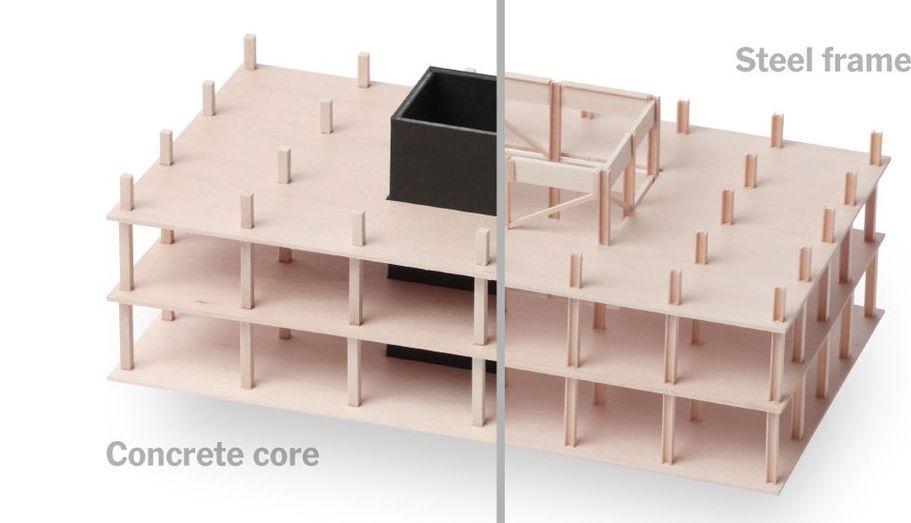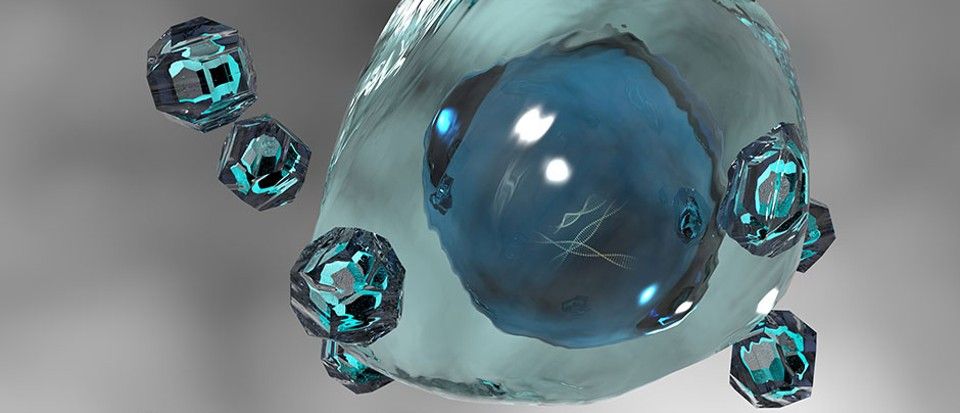Circa 2019
Earthquakes cause billions in damages and thousands of deaths a year. Here are the materials and technology used to design earthquake-proof buildings.


Russia’s space agency Roscosmos announced on Sunday that the tanks of a rocket that launched a scientific satellite back in 2011 have disintegrated in Earth’s orbit above the Indian Ocean.
The 18th Space Control Squadron of the US Air Force said on Saturday that it is now tracking 65 separate pieces associated with the rocket’s upper stage. “No indication caused by collision,” the squadron wrote in a May 9 tweet confirming the news.
“Currently we are working to collect data to confirm the quantity and orbit parameters of the fragments,” Russia’s space agency said in a statement, as quoted by Agence France-Presse.

But at stake is whether places like Silicon Valley, Seattle, Salt Lake City, San Francisco or Los Angeles might be forced to shut down after a direct hit — and for how long.
[Want to get our daily newsletter California Today by email? Here’s the sign-up.]
A federal study last year found that a quarter of the buildings in the San Francisco Bay Area would be significantly damaged after a magnitude-7 earthquake, a disaster that would be compounded by the fact that nine out of every 10 commercial buildings and eight out of 10 homes in California are not insured for earthquakes.

Nanotechnology is the application of science at a truly nano scale. To put that in perspective, if a nanometre were the size of a cup of tea, a meter would cover the diameter of the whole Earth.
Being able to control the world at such an intricate level has the potential to revolutionise medicine – enabling us to target cancer cells, deliver drugs and fight antibiotic resistance – but how do we create technology to that size?
Sonia talks to our editorial assistant Amy Barret about how her work in nanotechnology began, building proteins unknown to nature, and why going nano is nothing like in the movies.

Stem Cell Neurotherapy sends therapeutic messages, e.g., “your stem cells are transforming into new cells for the lungs, liver, and kidneys” to the DNA inside the nucleus of stem cells. Inside the nucleus, the DNA receives the message and transmits it to the RNA, which translates the message into genetic code.
The genes inside the stem cells transmit the coded message to the proteins, which are converted by the mitochondria into ATP, which provides the energy for the coded message to transform the stem cells into a new set of lung cells, as well as new cells for the kidneys and liver.
These new cells in the lungs, kidneys, and liver will replace the cells that were infected by the COVID-19 virus. This results in the elimination of the coughing, fever, headaches, diarrhea, and breathing problems.
“If all … went well and it worked well, then I would propose … three months’ time,” she said, when asked how quickly the treatment, which was developed by doctors and researchers at the Abu Dhabi Stem Cell Center, could reach the market.
To date, there are no known vaccines or specific antiviral medicines against Covid-19. U.S. health officials say developing a vaccine will take at least 12 to 18 months.
The UAE has 14,163 cases and 126 deaths due to the coronavirus, based on data from Johns Hopkins University.

pixels! That’s how big the highest-resolution image of the Martian surface is. Take a gander https://go.nasa.gov/32Uvrli

Drugs used for curing hepatitis C might also help against Covid-19 / World Health Organization publishes paper presented by researchers from Mainz University.
Several drugs approved for treating hepatitis C viral infection were identified as potential candidates against COVID-19, the disease caused by the SARS-CoV-2 coronavirus. This is the result of research based on extensive calculations using the MOGON II supercomputer at Johannes Gutenberg University Mainz (JGU). One of the most powerful computers in the world, MOGON II is operated by JGU and the Helmholtz Institute Mainz.
As the JGU researchers explained in their paper recently published at the World Health Organization (WHO) website, they had simulated the way that about 42,000 different substances listed in open databases bind to certain proteins of SARS-CoV-2 and thereby inhibit the penetration of the virus into the human body or its multiplication.

(CNN) — Scientists have long known our brains need sleep to review the day’s events and transfer them into longer-term memories. Students are often told to study just before turning in to maximize their recall of material for a test the next day.
But the exact way in which the brain stores our memories is poorly understood.
Now for the first time, tiny microelectrodes planted inside the brains of two people show just how the brain’s neurons fire during sleep to “replay” our short-term memories in order to move them into more permanent storage. The study was published Tuesday in the journal Cell Reports.
